
Jennifer DiFrancesco
This summer I had the opportunity to travel to France for the first time. When asked what the most impressionable aspect of my trip was I always mentioned the food, or what I like to call “haute cuisine.” Food in France is taken seriously. The way the French eat reflects their heritage, and most foods are identified by the “terroir” or region of origin. I quickly experienced that food is a ritual.
In my childhood, I experienced gratification from fresh, well-prepared meals. My own experience, plus immersion into French food, heightened my perceptions about daily lifestyle and food culture. We are inundated with books explaining that we are eating the wrong foods. Some of this has truth; yet, we must question that we might be skipping important steps as we examine what we eat. Two important aspects are when we eat, and how much the food has been altered by chemical preservatives, heavily processed preparation and genetic engineering.
These two factors create the most significant differences between European countries and the United States. Bistros are represented on every corner in Paris. This Russian-derived word Bystro means “hurry up.” Eating a quick bite in France has a different connotation from our American definition. Walking into any Bistro one might find fresh sardines, a baguette, a colorful salad with fresh cheese, and seasonally-fresh tomatoes bursting with color and flavor. There’s a distinctive difference from American “fast food.” Portion size has a different philosophy, as quality of food is given precedence over the amount. From a glass of freshly squeezed orange juice, a coffee drink or entrée; our American mindset rests upon “super-sized” while the French honor small, quality offerings.
Upon my return home, I realized we have a long way to go. Hopefully, we can learn from many European countries how to honor our food. 30% of our American population is overweight, compared with 11% in France. We must find a way to balance food composition, freshness, portion size, and time of eating, all while decreasing sugar consumption. We must also provide higher quality food choices for our children starting in infancy, thereby creating positive change. A child’s taste buds are set primarily by the age of 3. The formative years are most important to create an environment where one knows it is not acceptable to grab a Coke and Cheetos as nutritional sustenance. Why do we call food a “happy meal” that is in a box with a soda, fries and burger? This is the same meal that was captured on the movie “Supersize Me.” After 30 days of eating “happy meals” the filmmaker had a 13% body-mass increase and a cholesterol level over 230.
I personally was so proud and happy to return to this great land from an amazing trip, and positive steps are unfolding here at home. Recently, the Harvard School of Public Health joined with the Culinary Institute of America and its leading chefs, entrepreneurs and agencies to discuss our food choices as a matter of urgency. Collaborating to catalyze change is imperative, and we all must be the change. Our health depends on it.






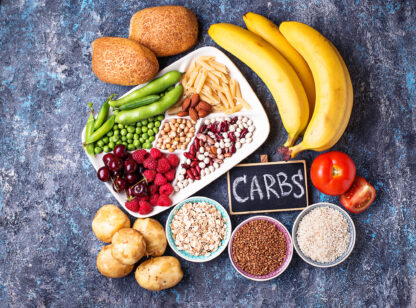




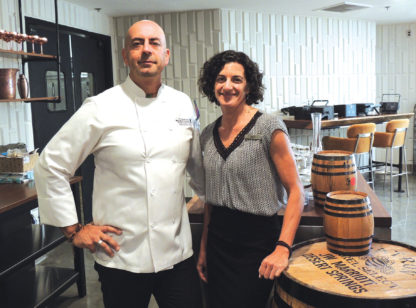
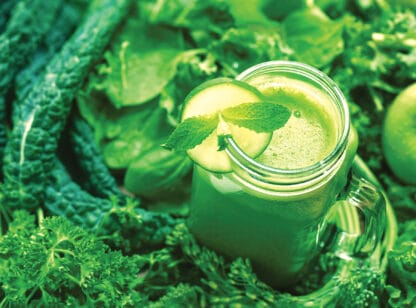






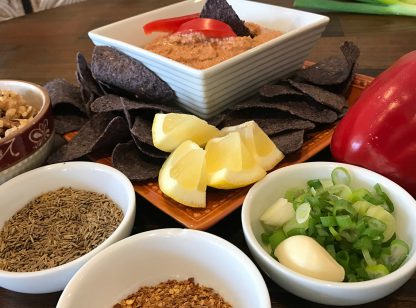
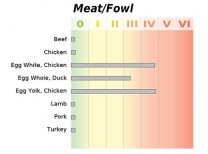




























Comments (0)